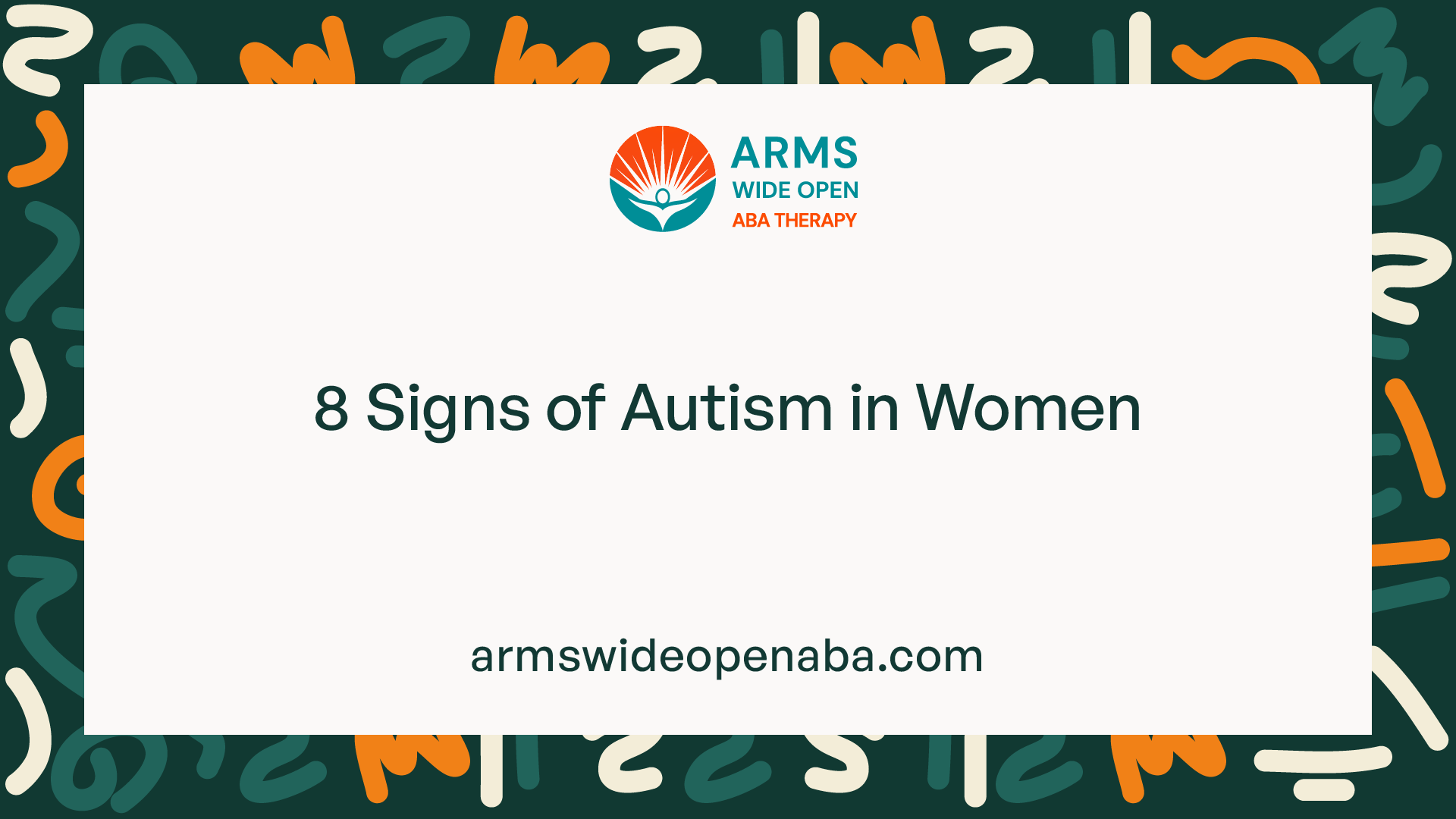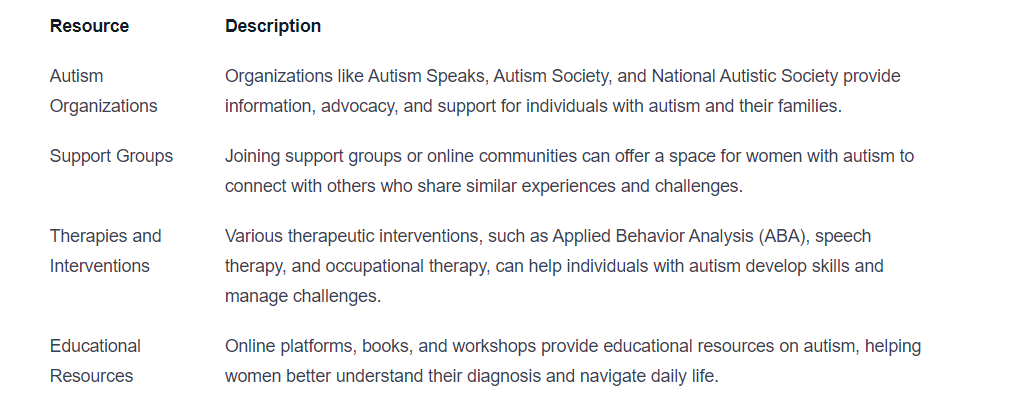8 Signs of Autism in Women
Empower yourself with knowledge! Discover the 8 signs of autism in women and gain insights for seeking diagnosis and support.

Understanding Autism in Women
Autism is a neurodevelopmental disorder that affects individuals across all genders. However, it is often underdiagnosed or misdiagnosed in women. Understanding autism in women is crucial for ensuring early intervention and appropriate support. In this section, we will explore the importance of recognizing autism in women and the challenges associated with identifying it.

The Importance of Recognizing Autism in Women
Challenges in Identifying Autism in Women
8 Signs of Autism in Women
Difficulty with Social Interactions
Sensory Sensitivities
Special Interests or Obsessions
Challenges with Communication
Difficulty with Changes in Routine
Executive Functioning Challenges
Masking and Camouflaging
Mental Health and Co-occurring Conditions
Seeking a Diagnosis
The Diagnostic Process
- Screening: Healthcare professionals may use screening tools to identify potential signs of autism. These tools can help determine if further evaluation is warranted.
- Comprehensive Evaluation: A comprehensive evaluation involves a detailed assessment of an individual's developmental history, behavior patterns, and social interactions. It may include interviews with the individual and their family members, as well as direct observations.
- Diagnostic Criteria: To receive a formal diagnosis of autism, an individual must meet the criteria outlined in the Diagnostic and Statistical Manual of Mental Disorders (DSM-5). The DSM-5 provides specific criteria that healthcare professionals use to determine if an individual has autism.
- Multidisciplinary Approach: The diagnostic process often involves a multidisciplinary team of professionals, including psychologists, psychiatrists, speech therapists, and occupational therapists. This ensures a comprehensive assessment from different perspectives.
- Ruling Out Other Conditions: It is important to rule out other potential conditions that may have similar symptoms to autism. The diagnostic process aims to differentiate autism from other developmental disorders or mental health conditions.
The Role of Healthcare Professionals
Healthcare professionals play a crucial role in the They have the expertise to conduct assessments, interpret results, and provide appropriate recommendations. Here are some healthcare professionals who may be involved in the diagnostic process:

Resources and Support for Women with Autism

Sources
https://www.thrivingwellnesscenter.com/blog/autisminwomen
https://www.medicalnewstoday.com/articles/high-functioning-autism-in-females-symptoms
Similar articles
We’re here to help you

Our team is here to assist you in this process. Contact us for any assistance.
it’s easy to apply
We Accept Most Insurances
Our in-network insurance partnerships make ABA therapy more accessible to families throughout our service areas.







Our Insurance Process
We'll request your insurance details to help us verify your plan's coverage for ABA therapy. Once we've received this information, we'll walk you through your benefits, including copayments, deductibles and out-of-pocket maximums, so you know what to expect in advance.
Our team will then handle the preauthorization and all the necessary paperwork.
.svg)





















.jpeg)


































.jpeg)




.jpeg)







.jpeg)











.jpeg)
















